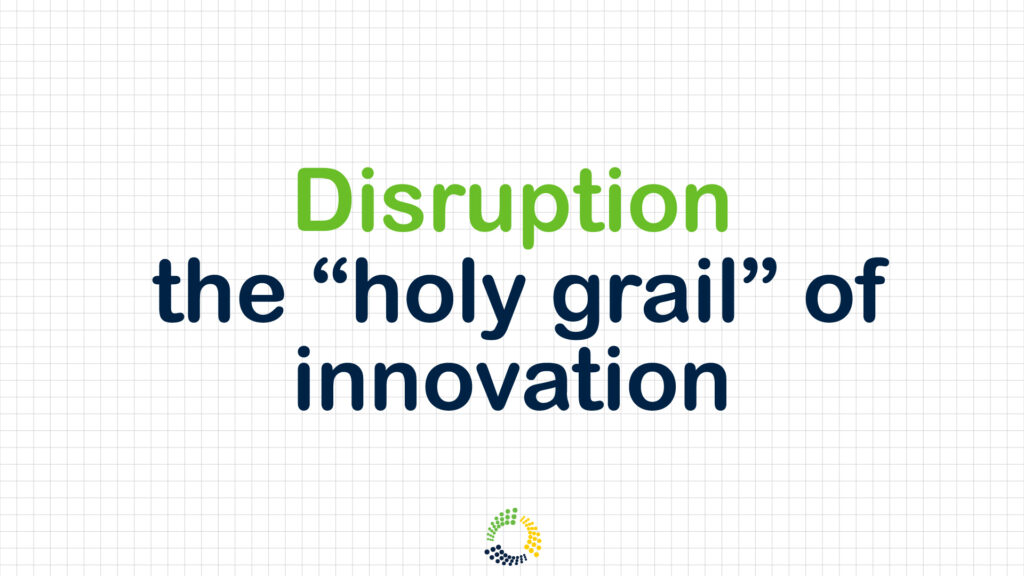
Disruption is commonly considered to be the “holy grail” of innovation. Many innovators claim to seek “disruption”. But disruption, what it is and how to achieve it, is often poorly understood.
Like most factors involved in innovating, disruption has a dual nature.
Type 1 is Market Disruption. This is a sustainable change in Market Position, based upon changes in the Basis of Competition, that results in business growth.
Type 2 is Business Disruption. This is a transient change within a business, usually causing worse-before-better performance, based upon deploying a new PSP solution.
Innovators seeking disruption are usually referring to Type 1. Few, if any, ever talk about or consider Type 2. But when you are innovating, you always get both. Getting both causes trouble because Type 2 always precedes Type 1. If Type 2 Business Disruption isn’t minimized, it could completely derail the opportunity for Type 1 Market Disruption.
The severity of Type 2 Disruption has its roots in the organizational friction that is always present, and further develops, resisting change.
There are three sources of organizational friction. These sources, added together, determine the total friction that must be overcome to successfully implement change.
- The status quo, represented by standard operating procedures, products, services, and processes that maintain stable business performance.
- Uncertainty, represented by the fact that innovating brings an uncertain scope of change to the organization through the invention, development, and deployment of a new PSP solution.
- Change Momentum, represented by the desirability, feasibility, viability, and suitability of the new solution, and the implementation speed of the changes required to deploy.
The status quo represents static friction that is always present in an established business.
Uncertainty and Change Momentum represent sources of dynamic friction whose strength changes during the course of an innovating project.
Dynamic friction is typically low during the beginning phases of a project, but can increase to equal or even dwarf static friction later in the project.
As total friction increases, the chances of innovating yielding innovation goes down. Successful innovating is directly related to business leadership’s ability to reduce total friction.
🌱
Seeking disruption
Mastering Innovation
Causing change and growth
– Innovation Haiku, Kevin A. Fee, January 3, 2024
Agile Innovating ™ is a novel systemic practice that integrates prominent innovating methodologies and proprietary techniques, the best elements of the Agile Software Development process, and the waste reduction focus of Lean Manufacturing.
Agile Innovating ™ systematically reduces the trouble caused by uncertainty, slow development velocity, and resistance to change. A-I delivers more innovation faster, making innovation the norm.
To learn how Agile Innovating ™ can make innovation the norm in your business, go to agileinnovating.com.
